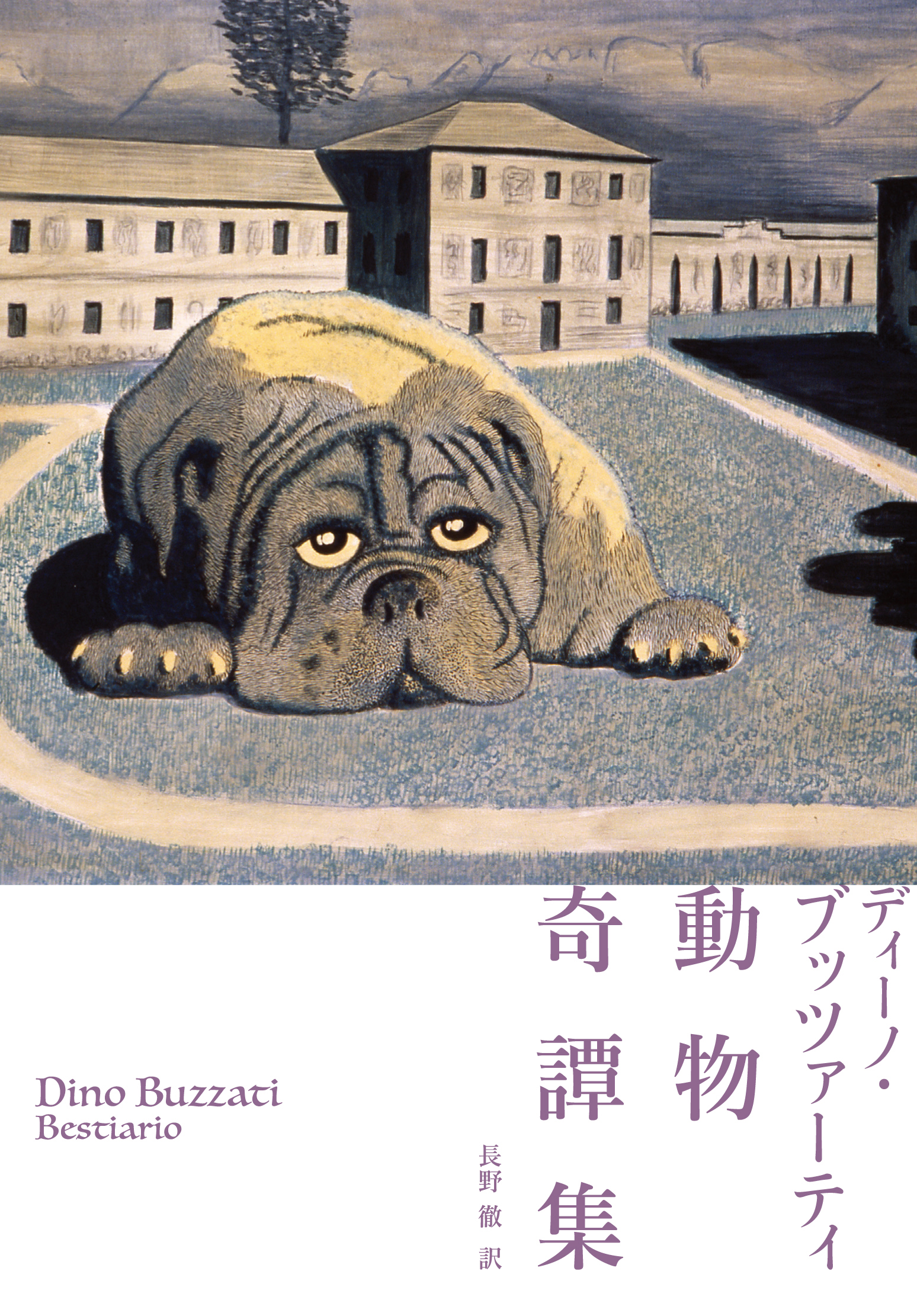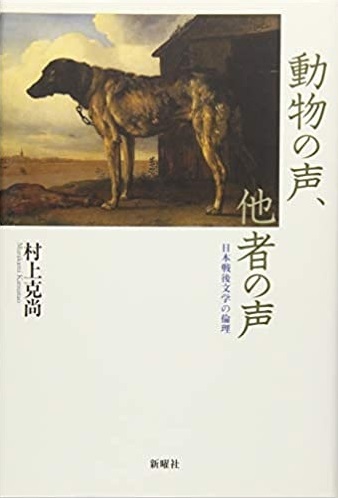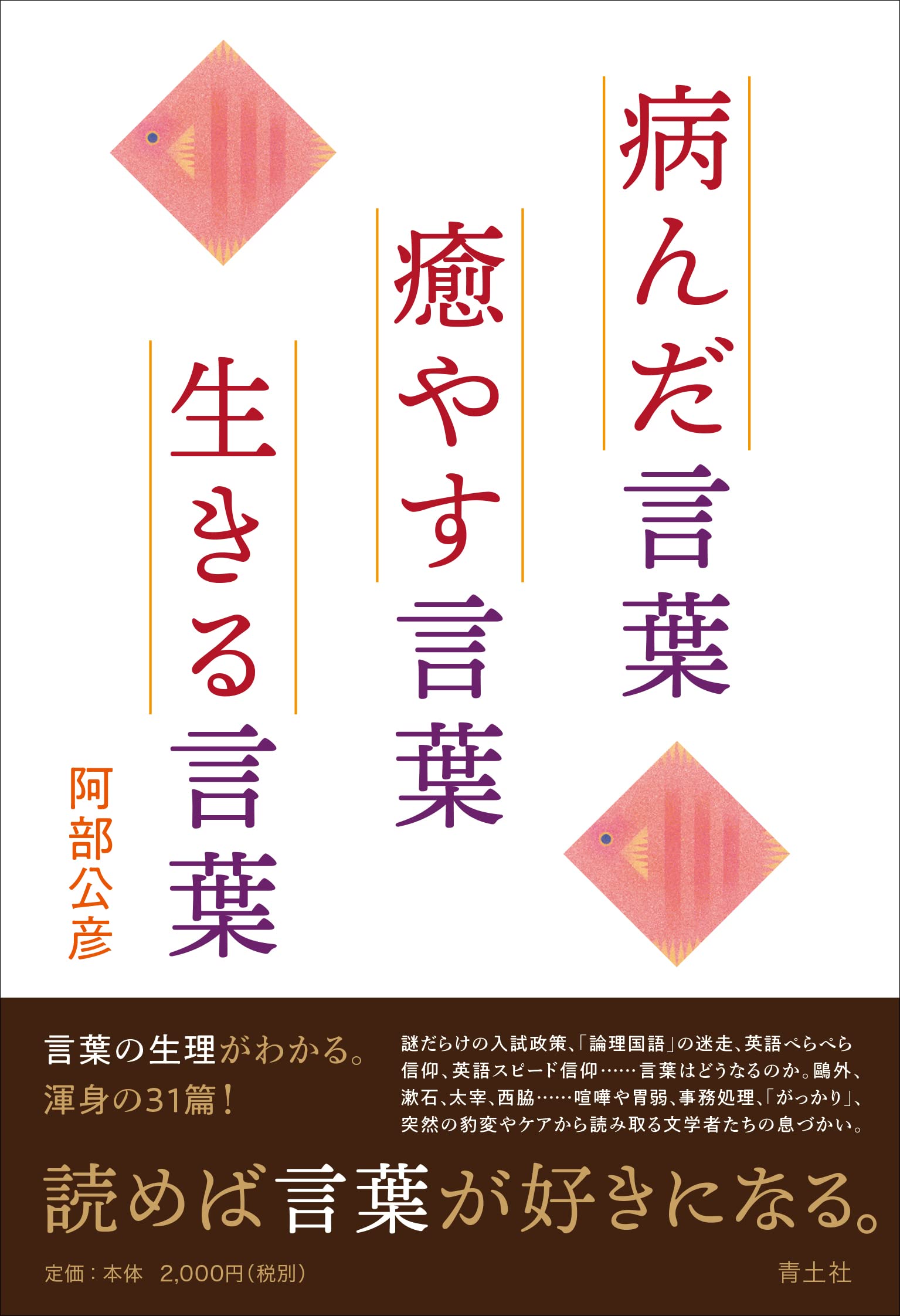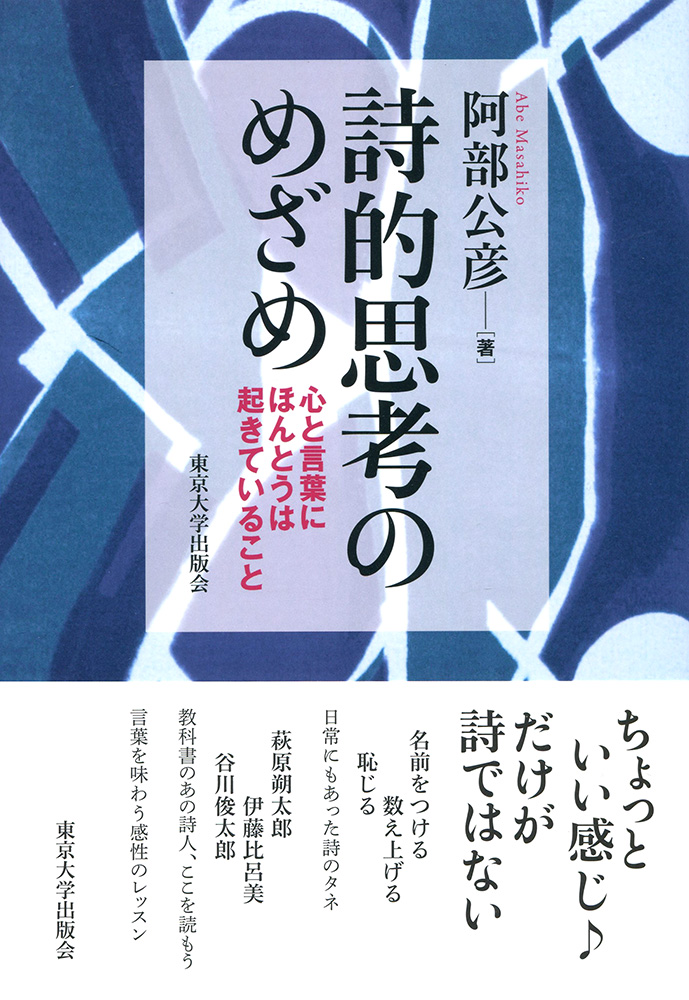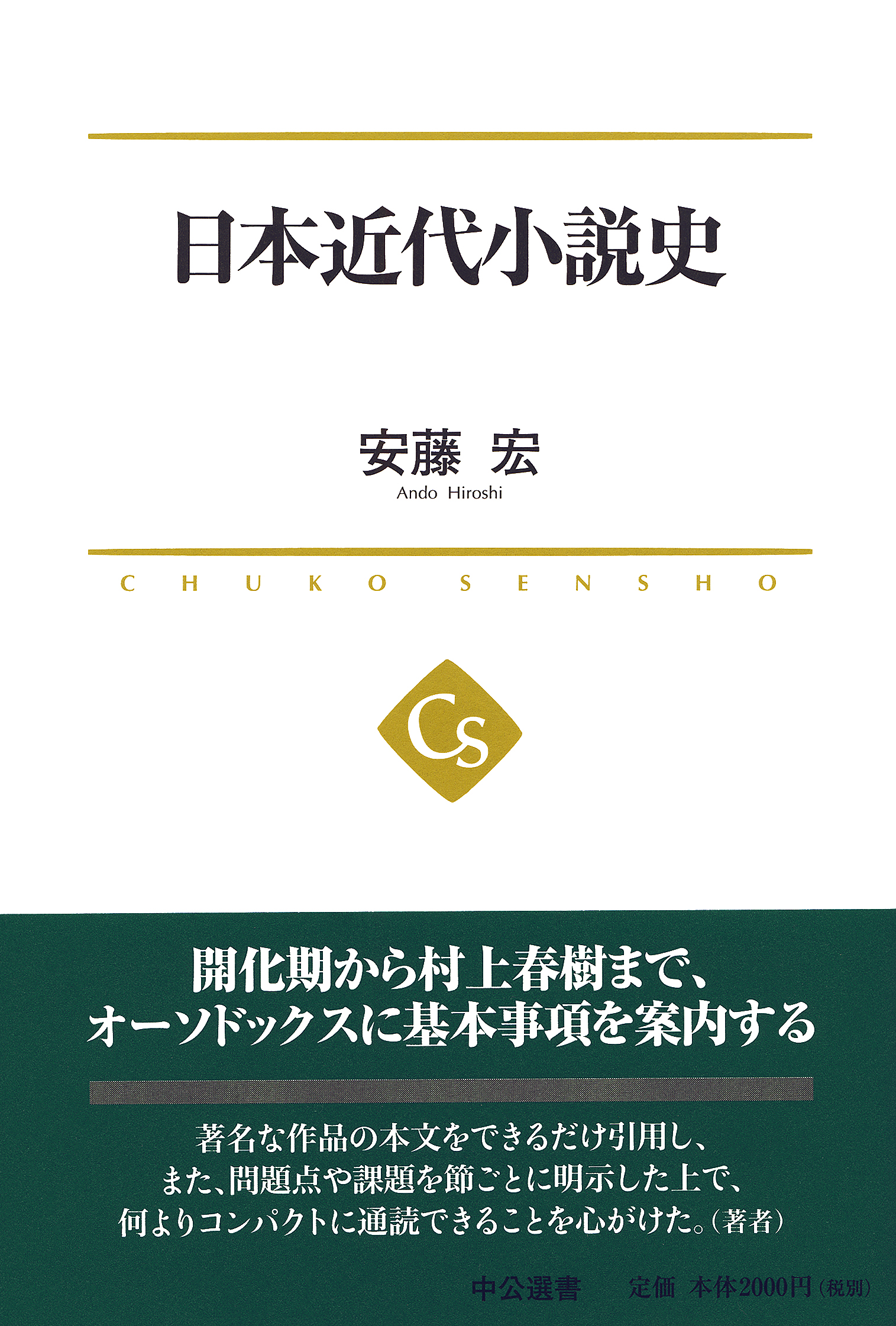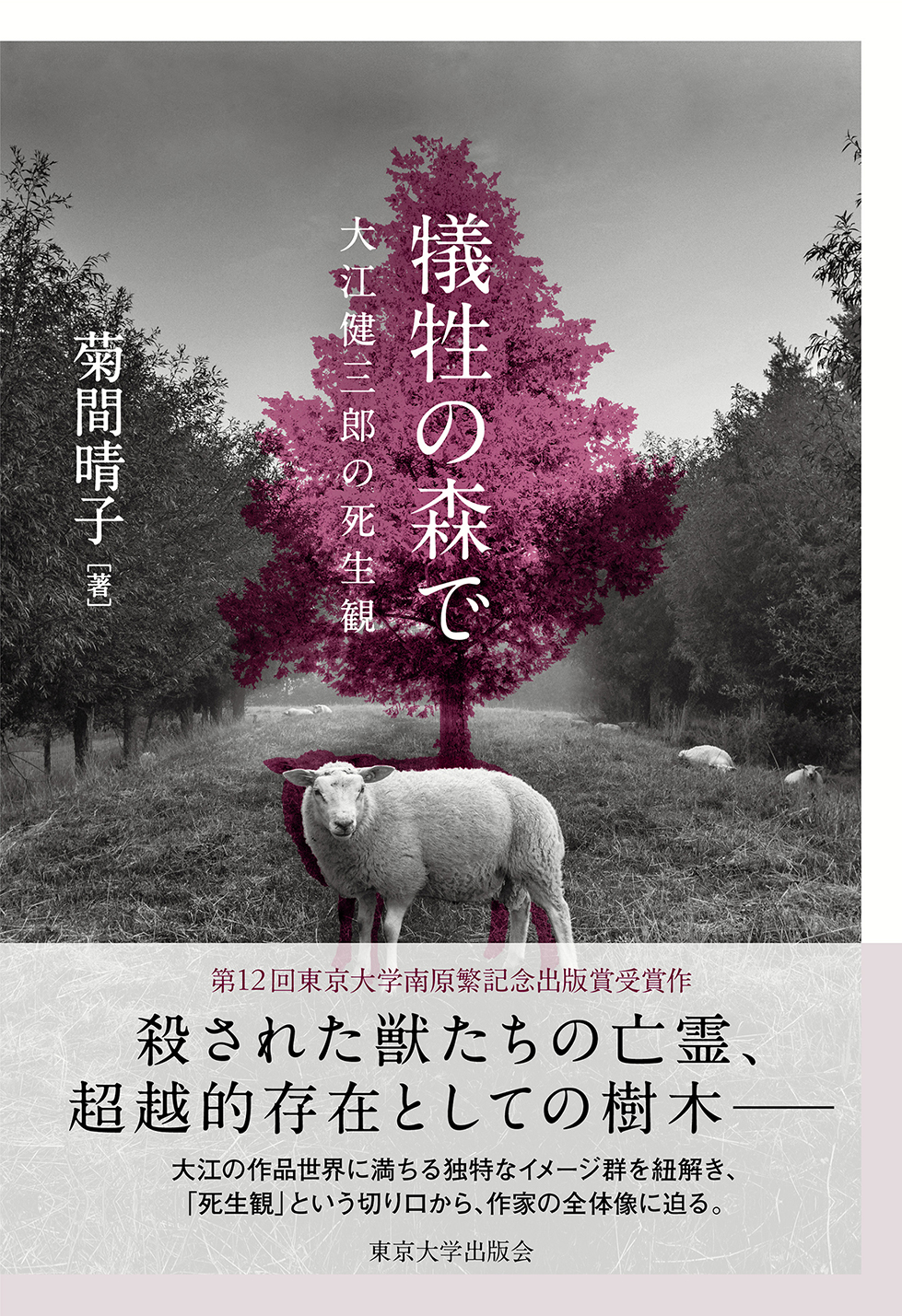
Title
Gisei no Mori de (In the Forest of Sacrifice - Kenzaburo Oe's view of life and death)
Size
512 pages, 127x188mm
Language
Japanese
Released
March 22, 2023
ISBN
978-4-13-086064-2
Published by
University of Tokyo Press
Book Info
See Book Availability at Library
Japanese Page
This book, published in March 2023, based on a doctoral dissertation submitted to the University of Tokyo, is a study of the shifts in Nobel-winning novelist Kenzaburo Oe's perspective of life and death spanning the breadth of his career. Kenzaburo Oe passed away at the age of 88, shortly before the publication of this book. As he was a writer who pioneered postwar Japanese literature as well as world literature, his death left numerous people (and I am one of them) with a sense of loss, as though witnessing the end of an era. However, I am certain that this book will encourage more readers to pick up Oe's works, leading to further development of studies on his works; such research has seen a resurgence in recent years, flourishing from new angles. This book is a first attempt to clarify the entire picture of Oe's view of life and death, and if it contributes even slightly to the development of this field, I will be happy.
Kenzaburo Oe was a “rewriting” writer. He made his debut as a novelist while still studying at the University of Tokyo, and his story “Prize Stock” (1958) won the Akutagawa Prize. After that, he continued to produce numerous works until In Late Style (2013), which was his final novel, and it is fair to say that his long career has been a process of “rewriting.” His manuscripts underwent intensive revisions and corrections, and he was well known for working reiteratively on his manuscripts before finally determining what the final draft would be. He also took up specific themes in multiple works, continuously “rewriting” them, constructing the world of his works. One of the most significant themes he wrote about as the target of such rewriting was his view of life and death.
What I focus on in this book is how life and death is depicted in Oe's novels along two axes, first considering the spirits of those who died of violent acts - many of whom were described in his works in connection with “animal” imagery - and, second, his thoughts about a transcendent being as the “whole” that encompasses all souls and leads to their salvation - which was rendered in connection with a “tree” imagery. Furthermore, both these axes appear in Oe's works as inseparable from the subject of “sacrifice.” Therefore, in this book, I attempt to examine Oe's entire career from the beginning to the end and clarify the process of the evolution of this theme as these two axes intertwine under the tension between them. Beginning with The Game of Contemporaneity (1979), which is regarded as particularly difficult, with image analysis as its primary tool, this book carefully delves into the unique and rich images that fill the world of Oe's works, taking into account influences from texts in various fields, contemporaneous social conditions and spiritual world discourses, and the relationship of the works with the history and spatiality of his hometown, helping to shed light on Oe's works and serving as a reference book to explain their appeal.
I hope this book will be enjoyed not just by those already familiar with Oe's works but also those interested in delving into them in the future.
(Written by KIKUMA Haruko, Assistant Professor, Graduate School of Humanities and Sociology / 2023)



 Find a book
Find a book


 eBook
eBook